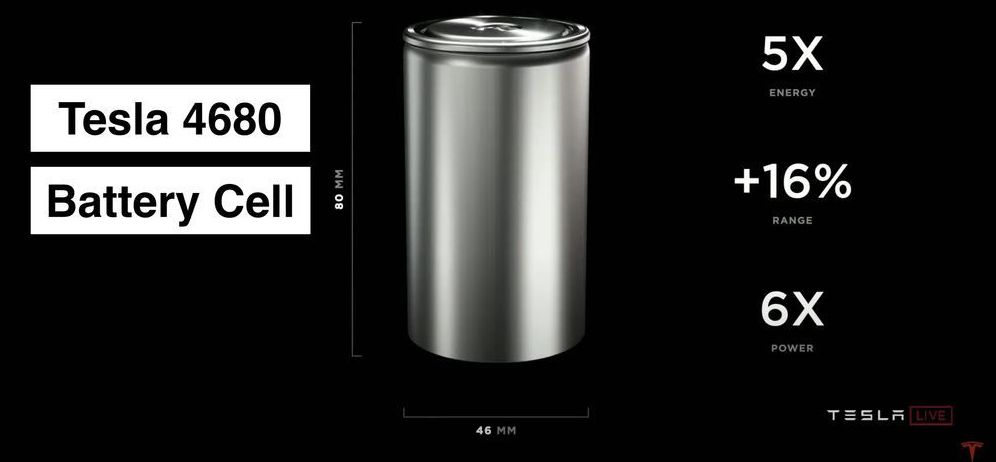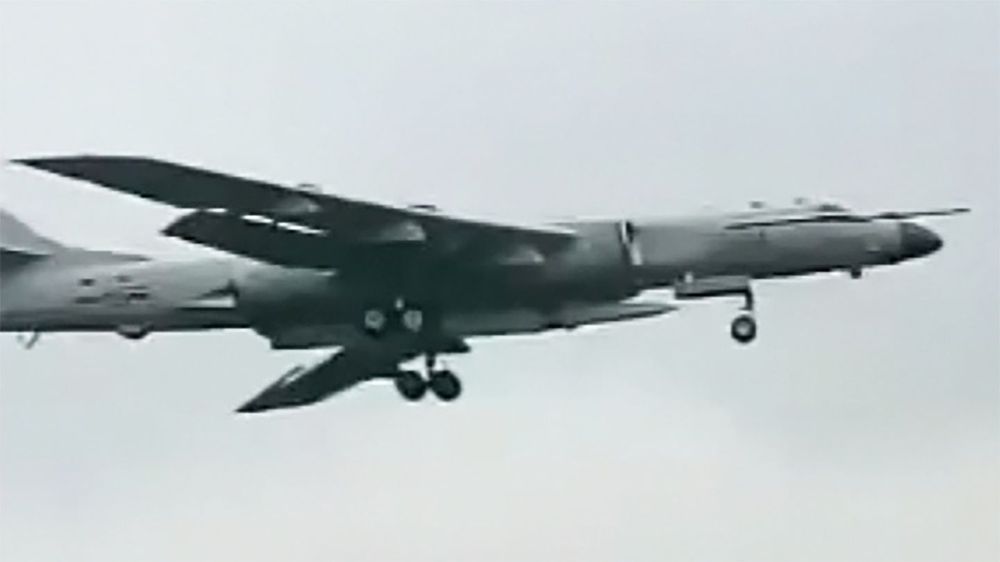Much of the ‘memory’ of the world and all our digital activities are based on media, hard disks, where the information is encoded thanks to magnetism, by orienting the spin of electrons in one direction or the opposite.
An international team of scientists led by the Italian physicist Stefano Bonetti, professor at Ca’ Foscari University of Venice and the Stockholm University, has managed for the first time to observe the ‘nutation’ of these spins in magnetic materials, i.e. the oscillations of their axis during precession. The measured nutation period was of the order of one picosecond: one thousandth of a billionth of a second. The discovery was recently published by Nature Physics.
The axis of a spin performs nutation and precession, as with any object that revolves, from spinning tops to planets. In this research, physicists observed experimentally that the nutation of the magnetic spin axis is 1000 times faster than precession, a curiously similar ratio to that of Earth.







